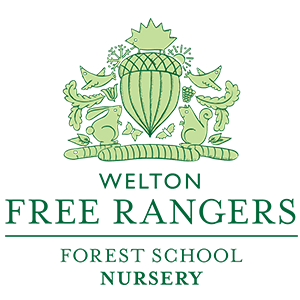This week our focus during small group time has been mark making. Specifically at this stage we are looking out for the meanings behind the marks that children are creating, and how children control their mark making equipment. With links to creative development, physical development and literacy, mark making has a strong significance within the Early Years Foundation Stage curriculum. Mark making is how children learn ‘pre-writing’ skills. Before children begin formal teaching of writing they need to have developed control over certain muscles within their arms. Asking children to sit at a table and hold a pencil too early in life can have a negative effect upon their desire to learn. Young children should have the opportunity to draw and create marks on a large scale using a variety of resources.

Mark making is not all about pencils and paper. Although the list is exhaustive, using chalks, crayons, brushes, sticks, making prints in playdough, paint, mud, water, glupe, flour, and even using their bodies are just a few ideas which can provide valuable experiences that will help our children learn to write later in their lives.
Already we are seeing some children forming their own letters to write their name. We are not requiring children to write their names, they are doing so because they have shown an interest and they want to. By encouraging children to learn at their own pace we are encouraging deeper level learning. We do not want to switch children off to learning at an early stage by making learning to write too formally.
We learn about the purposes of writing through imitation of adults through role play. By having a notepad and pen next to our role play telephones we help children to understand one of the ways that writing can be used in a real life scenario. Helping an adult at home to write a shopping list is another good example of how to support young children’s learning of writing.
It is important that we value and respect children’s mark making in order for them to have confidence to continue, practice and develop their skills. To an adults eye a child’s random creations may not seem like much, however to them there is often a story behind it. Instead of asking “what is it?,” which may show a complete lack of ability to grasp their meaning, try something more positive like “can you tell me about your picture?” The language that children use to describe their drawings will invite you into their thoughts and ideas.
This week we have seen lots of pictures based on our interest of books, specifically The Gruffalo, and of our families and pets, one boy wanted to make a treasure map and another began a huge tale of Spiderman climbing up the walls to chase baddies! All would have been relatively unclear to adults overseeing the activity had it not been for some careful questioning and open listening to the language that was used to describe their creations. So you see that what is important at this stage is not the clarity or neatness of children’s creations, it is the meaning that it has to them.
